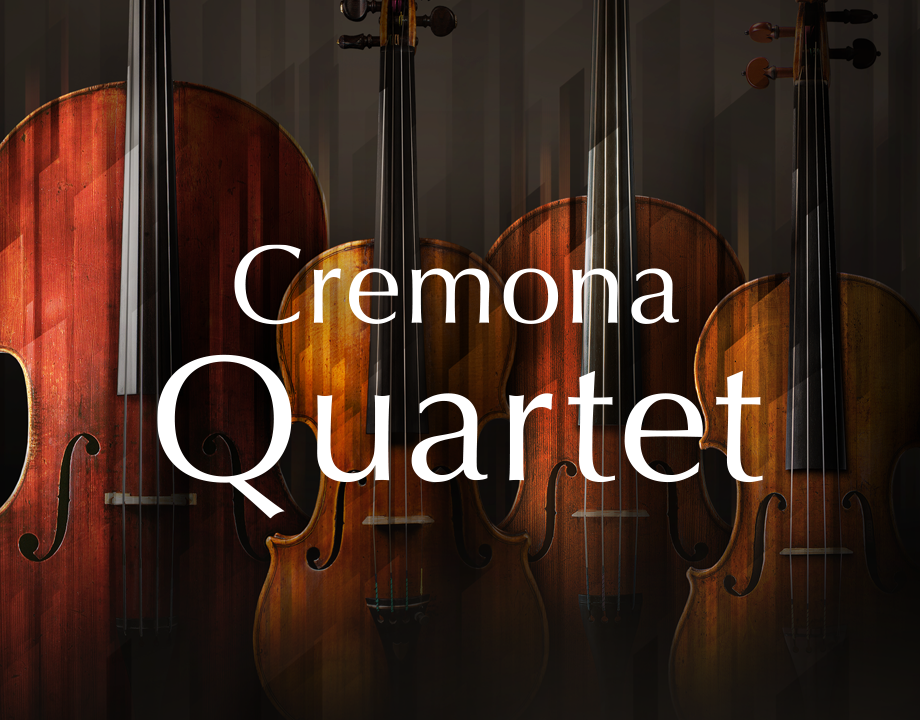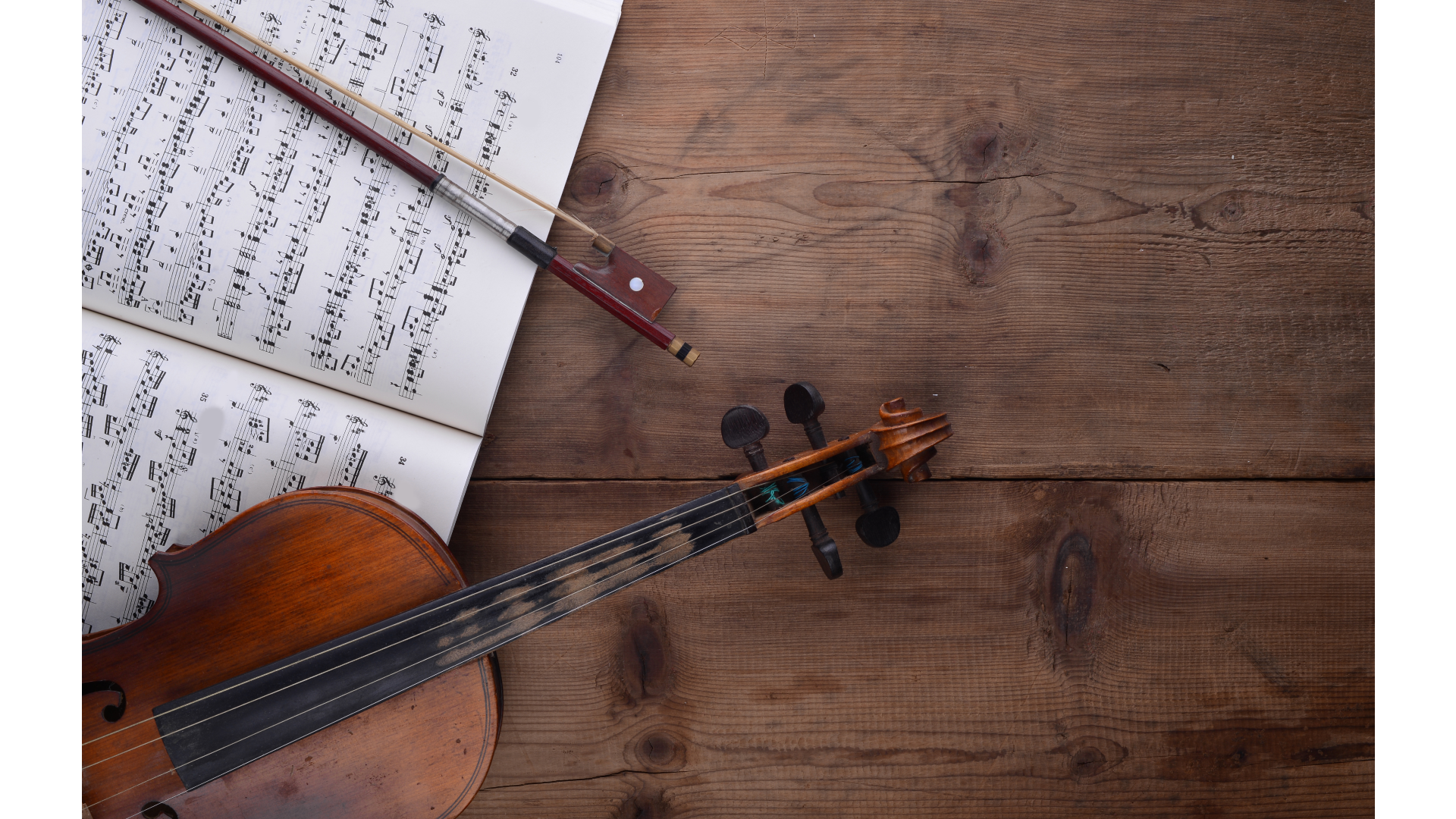
Simply Strings? Easy Tips For String Writing
Writing an effective string arrangement can be crucial for an orchestral piece or enhancing an existing music production. There are multiple ways to tackle this challenge and one of them is with a piano sketch.
A piano sketch often begins with constructing the melody to which chords are added. At this point, the composer decides how many voices the melody is to be harmonized with. A common example is to use a “Root-5th-Melody note” voicing, which would constitute a 3 part harmony. This can be further fleshed out by using complex polychords or reduced to simple 2 part counter melodies. Perhaps the most demanding aspect of writing string parts from a piano sketch is the arrangement being a sensible representation of an authentic string section.
Easy Orchestral Sound
A straightforward method for achieving an “orchestral” sound is to play the piano sketch using an “ensemble” patch of a strings sample library. Companies such as Native Instruments and Spitfire Audio create top-notch sample libraries which provide an all-in-one patch consisting of a full orchestral string section (basses, cellos, violas, violins 1&2) to quickly achieve a believable orchestral sound in your DAW.
All-in-one patches can be limiting when it comes to conveying the complexity and emotionality of a piece. Furthermore, starting on the piano can lead to the piece being idiosyncratic to the piano. Some ideas, therefore, might not be transferable as a string arrangement. MIDI-based string writing may also result in strings sounding like blocks of chords. While that can be a desired effect, evolving melodies with different moving parts are key to an expressive string arrangement.
Part Writing
One way to avoid the above-mentioned pitfalls would be to investigate music theory involving part-writing. Part writing follows a certain set of rules which determine how voices within a piece are supposed to move with respect to each other to create a satisfying arrangement.
Some of the rules are as follows:
1)Avoid parallel 5ths and octaves between individual voices.
2)Being aware of the 3 types of motion.
● Parallel: Two voices moving in the same direction.
● Oblique: One voice moves as the other remains constant.
● Contrary: Two voices moving in the opposite direction.
It is desirable to have different types of motion when moving, for example, one chord to another instead of all voices moving in the same direction.
3)Practice Smooth Voice Leading.
● This involves keeping common chord tones and moving the shortest distance possible while transitioning chords.
4)Understanding Dissosant and Consonant Intervals.
● “Unisons, octaves, 5ths, 3rd and 6ths are consonances
● 2nds and 7ths are dissonances
● 4ths and tritones can be either consonant or dissonant depending on the context”.(Leech,2010)
Following these rules, one can get their feet wet with part writing and counterpoint. Counterpoint and species counterpoint can be a difficult skill to master and requires persistent practice. There are several “strict” rules and the best way to learn is by listening, writing, and reading books on counterpoint.
Aside from these rules which just scratch the surface of part-writing, successfully orchestrating a string arrangement also requires understanding the ranges of each instrument as well as the articulations the instrument is capable of playing.
As a beginner, part writing needn’t be complicated, as Stewart(2012) mentions, “a simplistic approach to four‑part string writing (though not always workable in practice) is to assign the top part to the first violins, the second-highest part to the second violins, the second-lowest part to the violas and the bottom part to the cellos, which are often doubled an octave down by the basses”.
Conclusion
Each orchestral section(winds, brass, strings, percussion) functions as its own entity and combines together to provide one cohesive sound. String sections are particularly impressive when it comes to expressing a broad range of emotions – from intimate chamber sections to bombastic, aggressive trailer music.
In comparison to guitars and other chordal instruments, pianos are extremely accessible and convenient when it comes to sketching full-fledged ideas involving harmony, melody, and rhythm. With the help of a DAW(midi) or score sheet, piano sketches can be developed into exciting string arrangements by applying careful orchestration strategies and production techniques.
Study Resources and Further Reading
1)https://musictheory.pugetsound.edu/mt21c/FirstSpecies.html
2)https://hellomusictheory.com/learn/species-counterpoint/
3)https://www.goodreads.com/book/show/45049694-counterpoint-simplified
References
1) Stewart, D. (2012), Arranging For Strings: Part 1, Online, Available at:<https://www.soundonsound.com/techniques/arranging-strings-part-1>
2) Leach, R. (2014) How to Arrange 4-Part Harmony for Strings, Online, Available at:<https://music.tutsplus.com/tutorials/how-to-arrange-4-part-harmony-for-strings–audio-23215>
3) Leach, R. (2014) The Contemporary Musician’s Guide to Counterpoint, Online, Available at:<https://music.tutsplus.com/tutorials/the-contemporary-musicians-guide-to-counterpoint–audio-4630>
4)Murphy, B. (n.d) Four-Part Writing (SATB Style), Online, Available at:<https://music.utk.edu/theorycomp/courses/murphy/documents/PartWritingRules.pdf>

